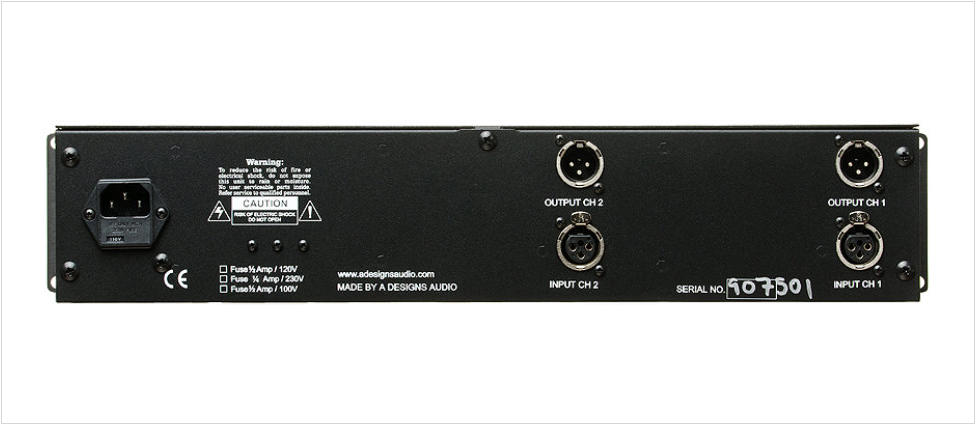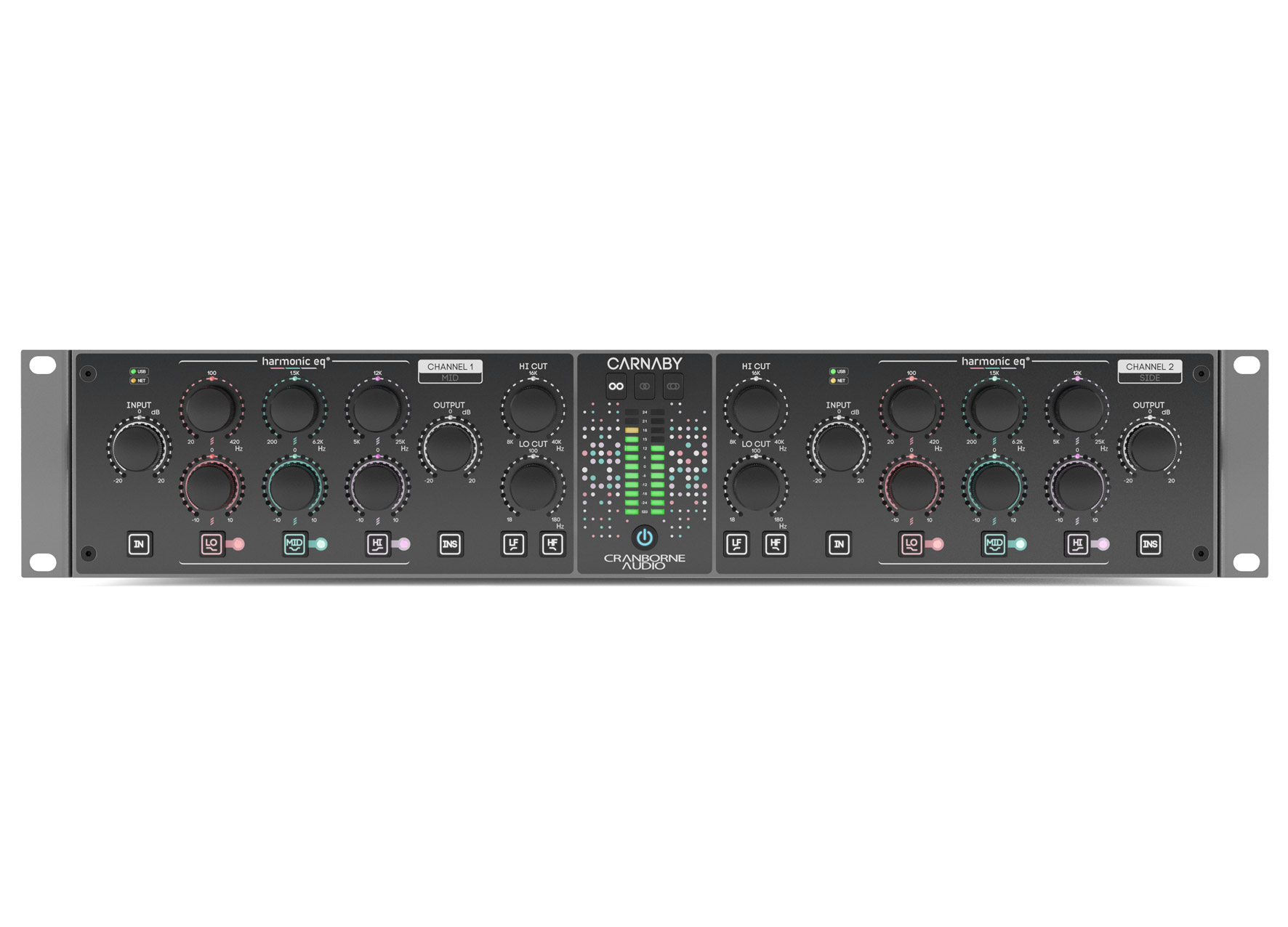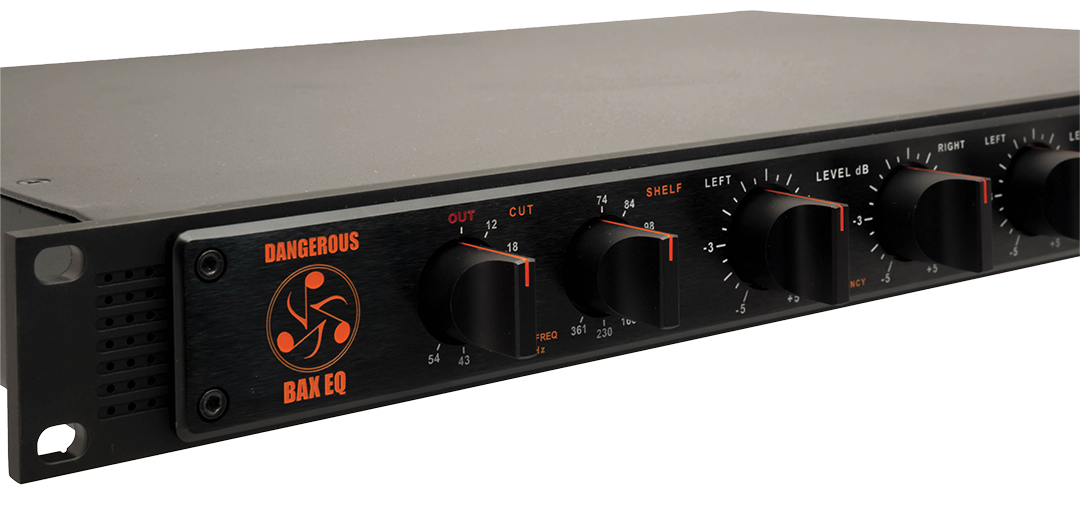- DAW
-
Recording
- Audio Interfaces
-
Mikrofone
- Großmembran Mikrofone
- Kleinmembran Mikrofone
- Stereo Mikrofone
- Instrumentenmikrofone
- Bändchenmikrofone
- Gesangsmikrofone
- Grenzflächenmikrofone
- Messmikrofone
- Lavaliermikrofone
- Broadcastmikrofone
- Headsetmikrofone
- Drahtlosmikrofone
- Mikrofone für Installation
- Podcast Mikrofone
- Spezialmikrofone
- Mikrofonsets
- Zubehör für Mikrofone
- Abhörmonitore
- Kopfhörer und Verstärker
- Digitale Recording-Mischpulte
- Digitalwandler
- MIDI-Equipment
- Summierer
- Analoge Recording-Mischpulte
- Synchronizer/Clockgeneratoren
- Outboard & FX
-
Broadcast & Installation
-
Studiozubehör
- Studio-/Monitorcontroller
- Patchbays
- Studiomöbel
- Studioracks
- Anzeigeninstrumente & Sichtgeräte
- Ständer & Stative
- Remotes & Controller
- Erweiterungskarten/Interfaces
- Studioequipment Cases
- DI/Symmetrierboxen
- Signalsplitter
- Taschen für Studioequipment
- Spannungsstabilisatoren
- Sonstiges Zubehör für Studio und Recording
- Studio Akustikelemente
- Studiokabinen
- Studiobundles
- Broadcast
- Installationstechnik
- Kommunikationstechnik
- Lautsprechersysteme
-
Studiozubehör
- Kabel
- Angebote & Aktionen
Produkte filtern





































